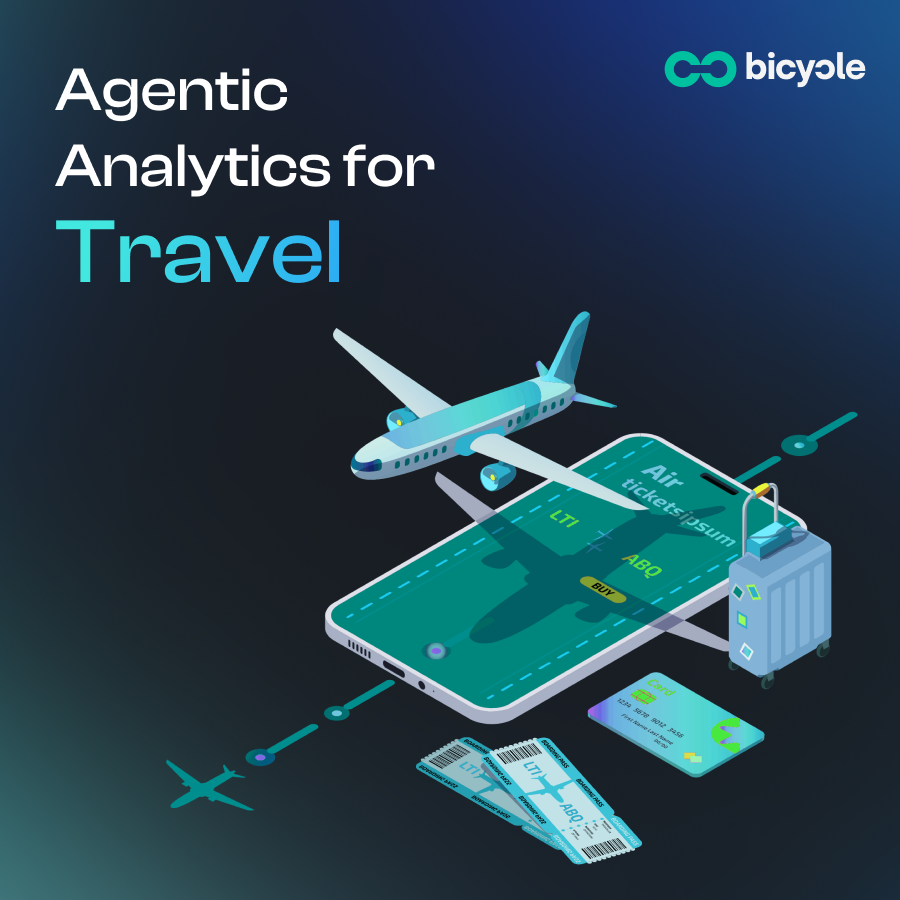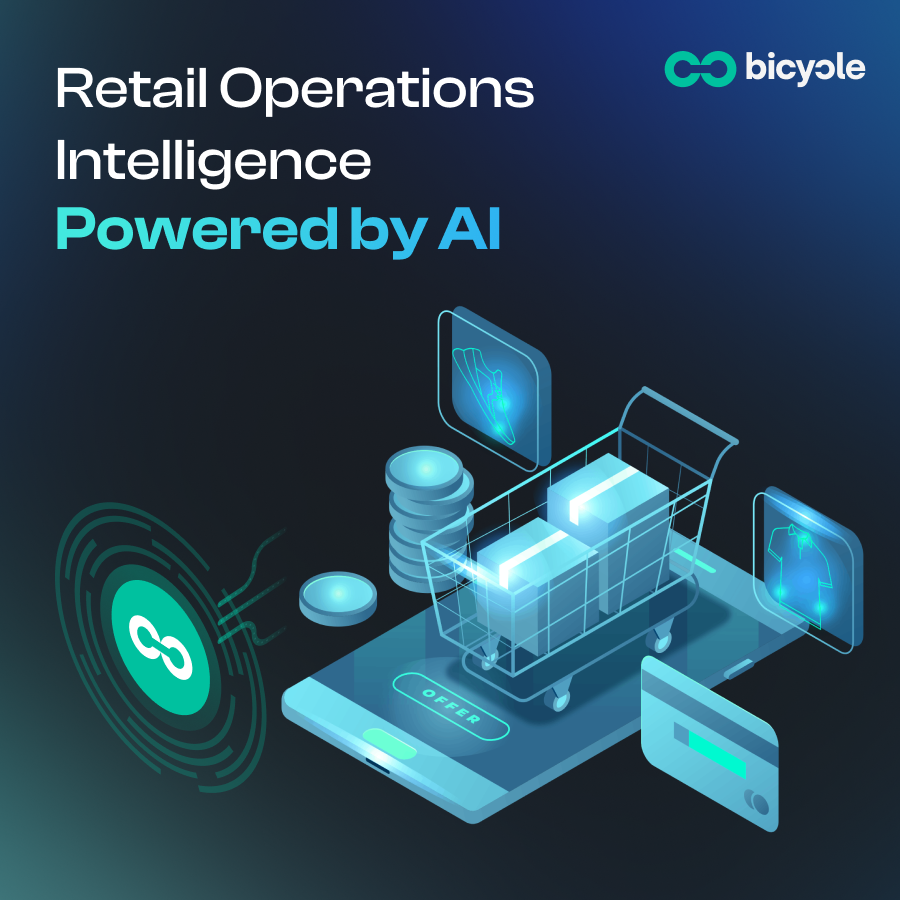In travel, revenue rarely falls off a cliff. It trickles away through small operational gaps. A stale fare cache on two high-traffic routes. Hotel room inventory that shows as "available" until checkout fails. A 3-D Secure authentication change that only affects Android/Chrome users through one payment gateway. None of this shows up dramatically in daily dashboards. But it quietly flattens look-to-book conversion rates and erodes margin.
Below is how travel revenue leaks appear across major travel segments—and how successful operations teams catch them before they compound. This reflects patterns from working with live travel operations data.
Online Travel Agencies (OTAs) & Metasearch Platforms
The sneaky leaks:
Fare and room inventory freshness: Cached airfares and hotel room availability age out faster than refresh cycles during peak hours or in certain markets. Search results are accurate when rendered but outdated by the time users click through to book.
Supplier and API response delays: Your user interface is fast, but pricing and seat map calls lag at decision moments. Customers abandon before seeing final bookable prices.
Device, browser, and payment gateway combinations: Approval rates look fine in aggregate, but one specific combination—say Android/Chrome + Gateway A—shows declines that disproportionately impact high-volume routes.
Real pattern: New York to Miami on mobile web: look-to-book conversion fell approximately 9 percentage points in 70 minutes. One supplier's 95th percentile response time jumped 240 milliseconds, fare cache was 18 minutes stale, and 3-D Secure authentication step-up changed for a specific credit card issuer range.
What successful teams do:
- Monitor content freshness as a primary metric (minutes since fare or room inventory was last verified) and automatically down-rank stale results
- Reorder search results by effective speed-to-decision (supplier latency + cache age), not just price alone
- When approval rates drop on a single device + gateway combination, automatically shift that segment to a backup payment processor with adjusted authentication flow
How AI helps: The system identifies the exact segment (route → device → supplier → payment gateway) where conversion dropped, shows the likely root cause (stale cache vs slow supplier vs authentication change), and suggests the smallest safe action: re-rank results, suppress stale inventory, or switch payment routing—for just that affected segment. Fixes are fast and precisely targeted.
Airlines (Direct Booking & NDC)
The sneaky leaks:
Seat selection and ancillaries timing: Seat map loading delays frustrate customers during checkout. Ancillary offers (extra legroom, priority boarding) appear at awkward moments in the booking flow.
New Distribution Capability (NDC) and reservation system quirks: NDC integration response times vary by route or time of day, creating inconsistent booking experiences.
Checkout friction: 3-D Secure authentication or digital wallet flows fail on specific device and browser combinations.
Real pattern: During a midweek sale, New York JFK to London Heathrow seat map latency increased approximately 180 milliseconds, and 3-D Secure timeouts spiked for Chrome mobile users. Seat selection attachment rate dropped approximately 2.5 percentage points, and payment success declined approximately 0.7 percentage points for that segment.
What successful teams do:
- Present ancillary offers after fare selection but before payment, personalized by route characteristics
- Monitor ancillary attachment rates and offer gentler upgrade paths when saturation drops
- Maintain payment processor circuit breaker logic: automatically reroute only degraded segments in real time
How AI helps: The system connects ancillary attachment rate drops to seat map latency and payment authentication issues by specific route, then proposes fixes like prefetching seat maps or shifting authentication flows for affected segments.
Hotels (Chains, Independents, Direct Booking & Channel Managers)
The sneaky leaks:
Room inventory drift and phantom availability: Allotment systems show rooms as available when they're actually sold through other channels. Customers reach checkout only to find inventory unavailable.
Rate parity and promotional code stacking: Pricing on third-party channels undercuts direct booking rates. Multiple promotional codes stack unintentionally, eroding margin.
Image and content loading weight: Large product images slow page loads during traffic surges, increasing abandonment before customers see room details.
Real pattern: In two downtown markets, search-to-book conversion dropped approximately 6-8% over a weekend. Content age exceeded 20 minutes for certain distribution partners. Rate parity checks showed a partner pricing 8% below direct rates. Product detail pages loaded oversized images during high-traffic periods.
What successful teams do:
- Treat content age as a key performance indicator and automatically penalize stale inventory listings
- Run automated rate parity checks and pause paid advertising when competitors undercut pricing
- Activate sale-period page profiles that serve optimized images to keep pages fast
How AI helps: The system correlates search conversion drops to stale content and rate parity anomalies, then automatically adjusts ranking and advertising spend while alerting distribution partners to update inventory.
Short-Term Rentals & Vacation Rental Marketplaces
The sneaky leaks:
Host reliability patterns: Certain hosts have higher last-minute cancellation rates that hurt customer trust and create costly support cases.
Cleaning and turnover coordination bottlenecks: Insufficient time between bookings causes availability errors or check-in delays.
Payment edge cases: Specific payment methods or card types have higher authorization failure rates for vacation rental transactions.
Real pattern: A beach market saw same-day cancellations jump from 0.8% to 2.1% on Saturdays due to cleaning service shortage affecting three high-volume properties.
What successful teams do:
- Automatically re-rank properties by reliability scores during high-risk booking windows
- Connect operational signals (cleaning schedules, property handoff timing) to real-time availability calculations
- Proactively route high-risk payment cards to more reliable processing paths
How AI helps: The system combines host cancellation patterns with operational calendars and payment authorization outcomes, automatically reducing prominence for unreliable properties during critical booking hours.
Tours & Activities Operators
The sneaky leaks:
Capacity fluctuations: Weather, local events, or operational constraints reduce available capacity without updating booking systems.
Last-mile cancellations: Tours get canceled close to departure time, creating poor customer experiences and refund processing overhead.
Upsell timing misalignment: Add-on offers (meals, transportation, upgrades) appear at wrong points in booking flow, reducing attachment rates.
Real pattern: A river cruise operator lost 15% capacity due to weather conditions from 4-7 PM. The marketplace continued ranking those time slots prominently in search results, leading to a surge in refund requests.
What successful teams do:
- Integrate external signals (weather forecasts, local event calendars) with operator capacity data in near real-time
- Display alternative time slots or similar activities instead of showing unavailable inventory
- Present add-on offers immediately after primary activity selection to maximize attachment
How AI helps: The system monitors search-to-book conversion trends and proposes immediate re-ranking and substitute activity recommendations before refund requests overwhelm support teams.
Rail & Bus Travel Aggregators
The sneaky leaks:
Reservation creation timing and capacity constraints: Passenger name record (PNR) creation latency varies by carrier API performance, causing checkout delays.
Payment handoff coordination: Transitions between booking confirmation and payment authorization create friction points where transactions fail.
Small user experience delays: Seemingly minor latency increases during peak commute hours compound into significant conversion drops.
Real pattern: Evening reservation creation latency increased approximately 200 milliseconds on one operator's API. Combined with a digital wallet provider timeout issue, conversion dropped approximately 7% for 6-8 PM commuter bookings.
What successful teams do:
- Prioritize faster carrier APIs during peak booking windows
- Pre-populate digital wallet information for returning customers
- Route or temporarily limit only affected booking corridors, not entire system
How AI helps: The system flags corridor-specific conversion drops, connects them to operator response times and wallet authentication issues, and suggests targeted re-ranking plus payment path adjustments for just those routes.
After-Sales & Irregular Operations
The sneaky leaks:
Schedule changes and refund processing delays: Airline schedule changes, weather disruptions, or cancellations create refund backlogs that damage customer loyalty.
Voucher versus cash refund logic: Inconsistent refund policies by customer segment miss opportunities to retain value.
Dispute evidence preparation: Missing or incomplete documentation for payment disputes increases loss rates unnecessarily.
Real pattern: After major schedule changes, average refund processing time reached 9.2 days. Rebooking rates stayed depressed for weeks afterward, and customer support costs spiked significantly.
What successful teams do:
- Treat time-to-resolution as a key performance indicator with service level targets
- Automate policy rule checks while preserving human review for complex exceptions
- Offer appropriate compensation (vouchers, upgrades, cash) tailored to customer segment value
How AI helps: The system orchestrates the policy-to-action workflow: segments cases by priority, prepares documentation packets, initiates refunds or voucher issuance, and flags where processing queues may create bottlenecks.
The Pattern Across All Travel Segments
Notice that none of these fixes requires fundamental business transformation. The key is seeing the customer journey the way travelers experience it—route → supplier → device → payment method → capacity constraints—and addressing small issues while they're still small:
- Who's affected? (New York to Miami, Android/Chrome users, Gateway A customers)
- What changed recently? (Supplier response time, cache staleness, 3-D Secure authentication rules, rate parity shifts, weather conditions, staffing levels)
- What's the smallest safe action now? (Re-rank results, suppress stale inventory, prefetch content, switch payment routing, alert partners)
How Bicycle's Approach Differs
Most travel analytics tools work with raw booking data: filter transactions by date range, group by route or property, calculate aggregate conversion rates. That works for weekly business reviews but fails for real-time operations.
Bicycle AI builds an operational model of how your travel business actually works—the routes, fare classes, room types, inventory allotments, supplier APIs, payment gateways, and refund policies that define your operations. Instead of just querying booking tables, it understands the relationships: how supplier latency affects conversion by device type, how cache freshness impacts search quality, how payment authentication methods vary by card issuer and gateway.
When look-to-book conversion drops for New York to Miami on Android/Chrome through Gateway A, the system doesn't just show a chart. It reveals the likely cause—stale fare cache vs slow supplier response vs authentication timeout—and suggests a fix targeted to just that traffic segment.
This is the difference between descriptive travel analytics (what happened last week) and operational travel intelligence (what to do about it in the next hour).
Protect Travel Revenue in Real Time
Bicycle AI is built specifically for travel operations intelligence. It understands how airlines, hotels, suppliers, payment processors, and distribution channels interact in real time. It detects the small revenue leaks across customer segments and proposes specific fixes while you still have time to act—before they show up in next month's performance reports.
Ready to see how this works with your travel data? Book a personalized demo and we'll walk through your specific operations—booking conversion patterns, supplier performance, payment optimization, inventory management—and show you where travel revenue is leaking today.

















